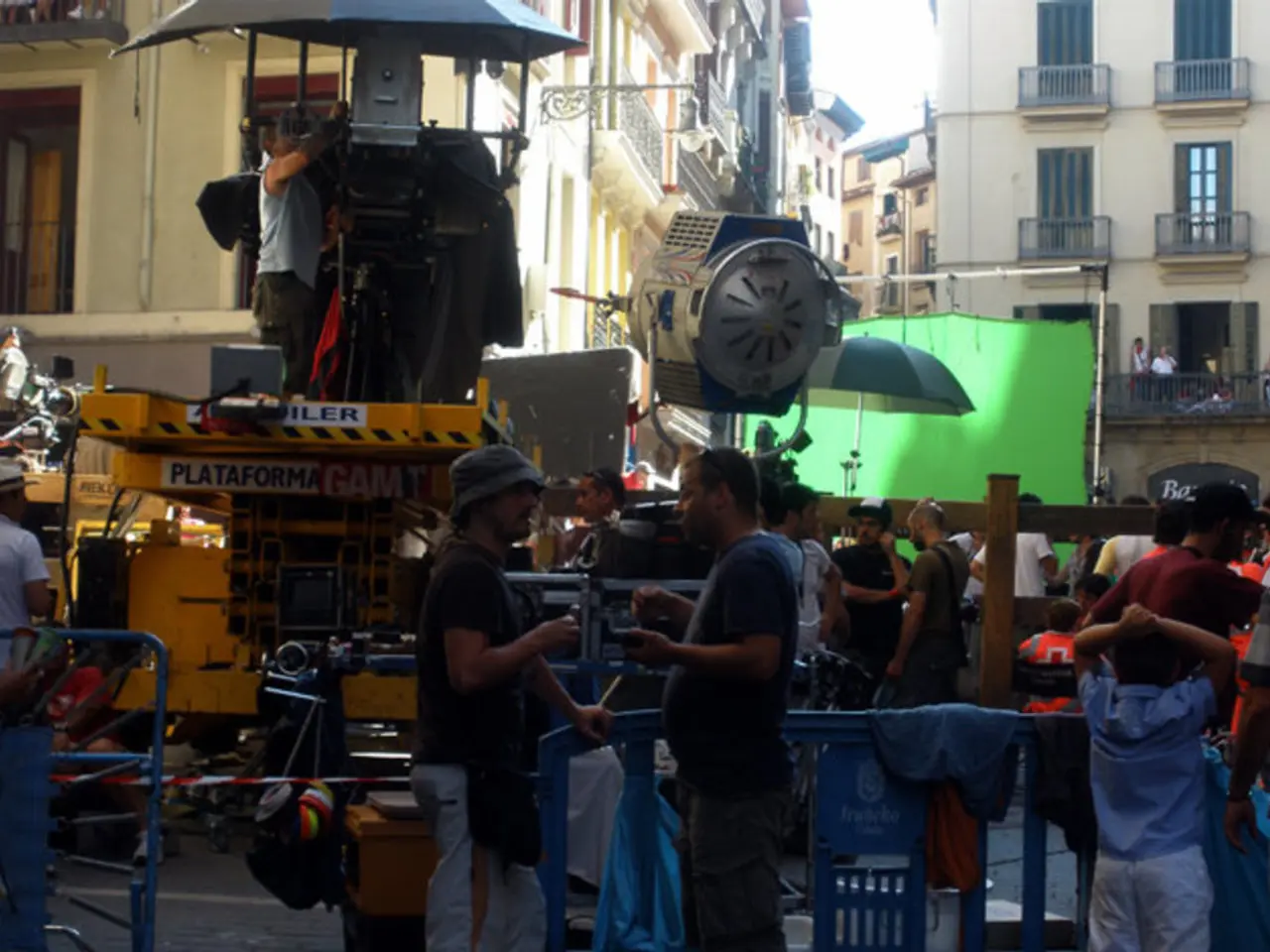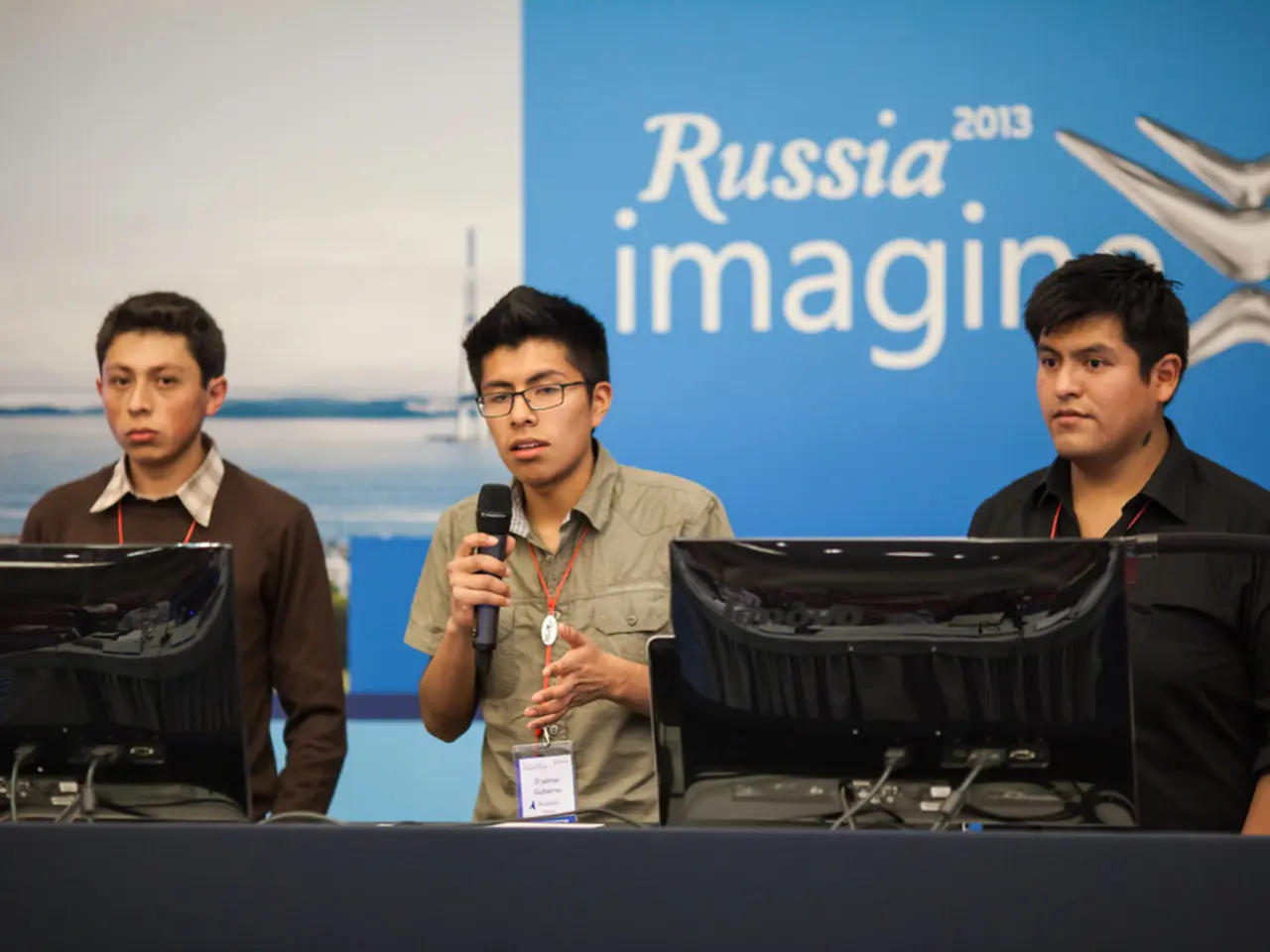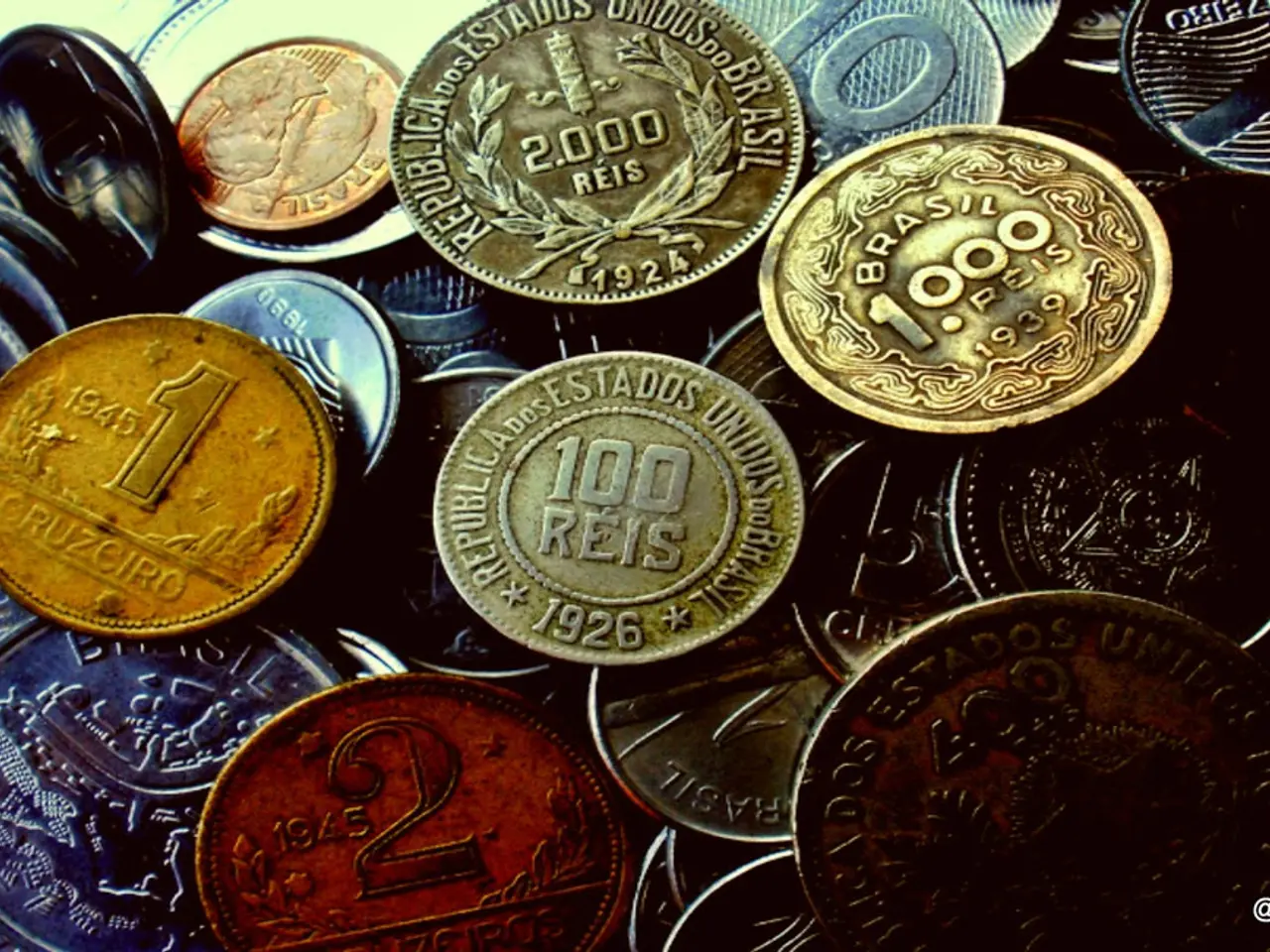Surviving the Future of Virtual Production: The Role of Compositing
The world of visual effects (VFX) is undergoing a significant transformation, with the emergence of virtual production technology. Far from rendering visual effects compositors obsolete, this new technology is expanding and evolving the roles of these skilled artists.
Virtual production, which includes immersive environments like LED volume stages, introduces real-time workflows that shift some VFX tasks earlier into the production pipeline. This shift requires new skills, such as real-time engine operation, virtual camera work, and integrating live-action with CG in interactive settings.
However, the post-production finesse of compositing with traditional software remains critical for polishing shots and ensuring visual coherence and quality. Tools like Nuke, DaVinci Resolve, Silhouette, and Mocha Pro continue to be essential for detailed, frame-by-frame compositing, precision work, and visual storytelling that virtual production complements rather than replaces.
Virtual Production and Compositing: A Harmonious Relationship
Virtual production adds to compositing workflows rather than eliminating them. It facilitates pre-visualization, real-time feedback, and on-set adjustments. However, the nuanced artistry behind compositing demands professional software designed for high-detail, physics-accurate lighting, and motion refinement.
The Continued Demand for Skilled Compositors
Leading VFX studios like Crafty Apes and Weta FX employ compositors heavily, integrating both traditional and emerging technologies to meet complex project needs in blockbuster and episodic content.
Bridging the Gap: Traditional VFX and Virtual Production
Educational programs are integrating virtual production with traditional VFX training, preparing compositors to work fluently across both pipelines. This blended future highlights the importance of hybrid skills that combine precision compositing with real-time virtual production capabilities.
The Role of Compositors in Virtual Production
Compositors do much more than composite green screens. In the context of virtual production, they fix various issues in principle photography, including shadows cast by on-set props onto the LED wall, which may require post-production fixes. Shot compositions should be restricted to avoid creating such shadows.
Despite the benefits of virtual production, it has its own set of issues, limitations, and problems, such as moiré patterns, which may require the expertise of compositors to fix.
In summary, visual effects compositors remain vital in modern filmmaking, with their roles adapting to include virtual production techniques but still relying significantly on traditional VFX software like Nuke, Resolve, Silhouette, and Mocha Pro. The future is one of hybrid skills that combine precision compositing with real-time virtual production capabilities rather than a replacement of traditional compositing tools by virtual production technology.
As the visual effects industry continues to evolve, it will undoubtedly develop new roles to respond to technological changes, as it has historically done. Virtual production is here to stay, and the industry will adapt to it.
Artificial intelligence, a technology that continues to revolutionize various industries, has also found its place in the world of visual effects (VFX). With advancements in AI and artificial intelligence-driven tools, the precision work of compositing might be streamlined, enhancing the quality of visual effects in entertainment.
The interaction between VFX compositors and AI-driven tools, such as AI-assisted color correction or AI-generated matte paintings, forms a dynamic pairing that offers unique benefits in the field of entertainment, extending the capabilities of VFX artists while streamlining certain tasks to improve efficiency.




